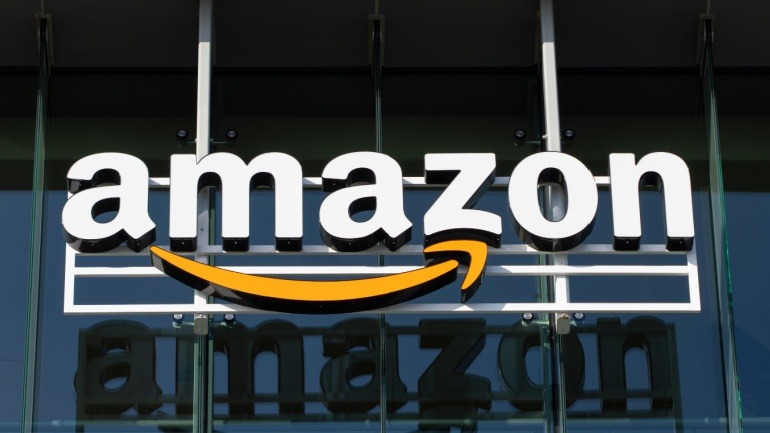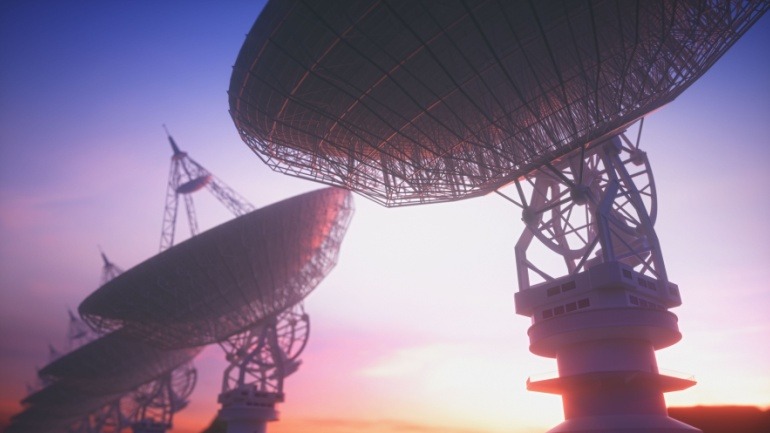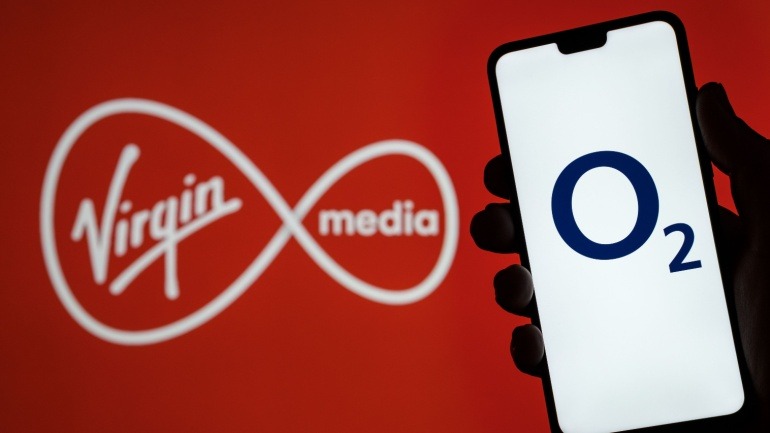Amazon made a significant advancement in satellite internet technology by successfully launching its first set of 27 low Earth orbit (LEO) satellites as part of Project Kuiper. These satellites launched from Cape Canaveral, Florida, aboard a United Launch Alliance (ULA) Atlas V rocket. This marks the beginning of Amazon’s challenge against SpaceX’s Starlink in the satellite-based broadband sector.
Project Kuiper aims to deploy over 3,200 satellites to deliver high-speed internet to remote and underserved locations. Facing FCC regulations, Amazon must deploy half of this constellation, over 1,600 satellites, by mid-2026. Sunday’s launch initiated the Kuiper 1 mission, with reports confirming that the satellites are functioning and communicating as anticipated. Previously, Amazon conducted test launches to evaluate its systems.
Rajeev Badyal, Project Kuiper’s Vice President of Technology, stated, “We’ve completed the first step toward deploying the Kuiper constellation.” Badyal further highlighted the advanced technology in these satellites, pointing out that every launch enhances the project’s capacity and coverage. Despite thorough ground testing, Badyal acknowledged the importance of in-flight experience.
Competition in the satellite internet market is intensifying, and SpaceX’s Starlink is leading with an active satellite count surpassing 7,000 and a user base of over 4.5 million globally. Amazon faces a delayed start but plans to catch up by scheduling 83 future launches with partners like ULA, Arianespace, and Blue Origin, with some arrangements even with SpaceX.
Service is set to commence by the end of 2025, with Amazon developing consumer-friendly terminals projected to retail under $400. However, specific pricing for broadband plans is yet to be disclosed.
This launch also highlighted concerns within the scientific community regarding the potential impact of large satellite constellations on astronomical research, particularly light pollution. To address this, Amazon has added anti-reflective coatings to its satellites to reduce visibility from Earth.
The Kuiper project, backed by an investment exceeding $10 billion, plans additional launches this year. These milestones in satellite deployment underscore the pressure on Amazon to expedite manufacturing, ground network scaling, and regulatory approvals while competition from Starlink and others persists.







